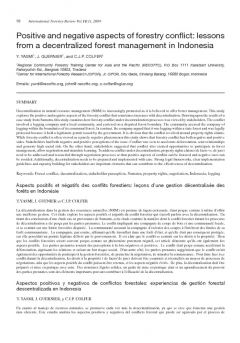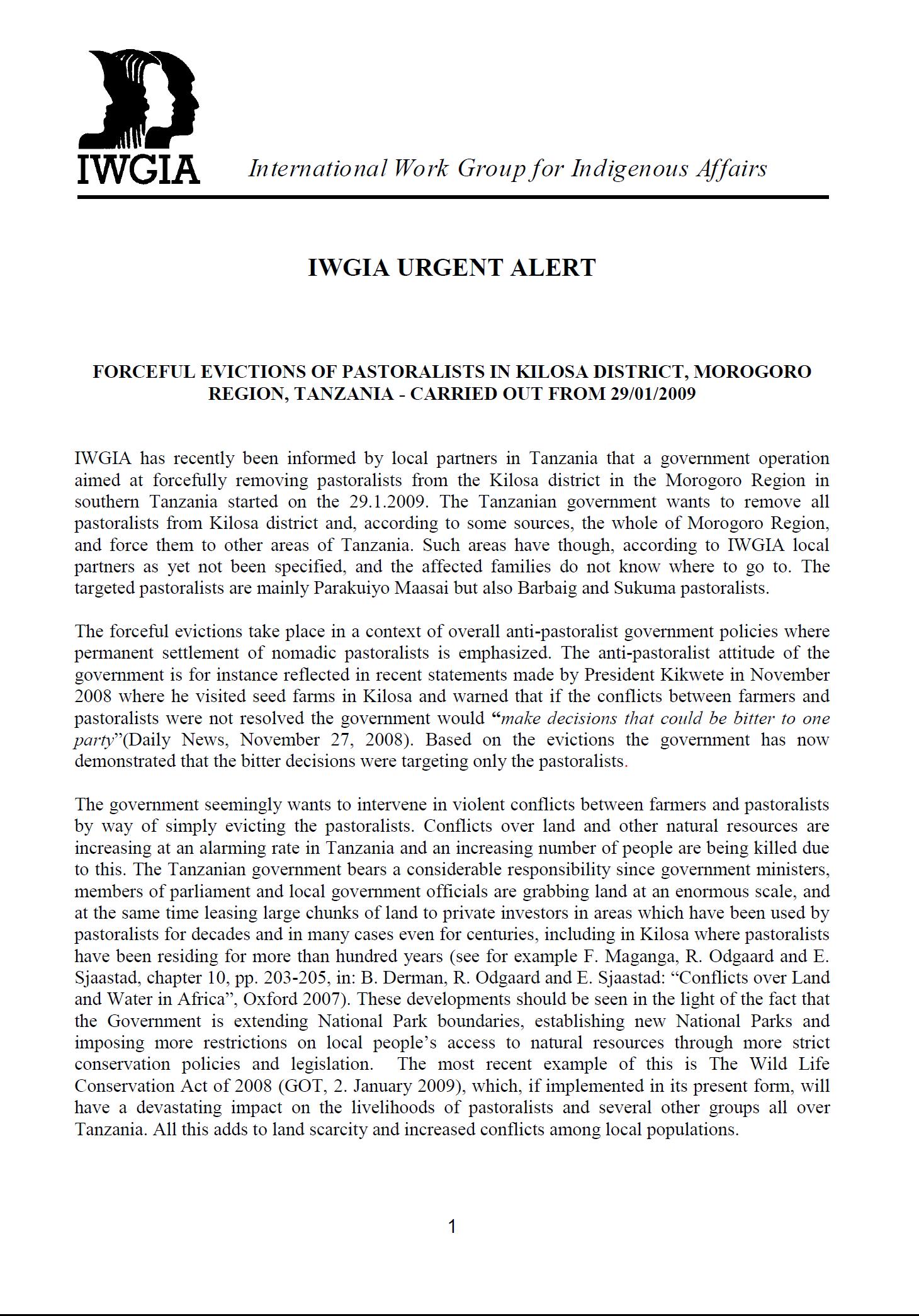THE ROHINGYAS Bengali Muslims or Arakan Rohingyas?
In recent months, the Rohingyas have been making headlines again. Who are they?
It was reported1 recently that Myanmar Foreign Minister U Nyan Win had told his ASEAN2
counterparts in Hua Hin, Thailand, prior to the ASEAN Summit, that the SPDC is "willing to
accept the return of refugees from Myanmar if they are listed as Bengali Muslim minorities but
not if they are Rohingyas, because Rohingyas are not Myanmar citizens". What does this
signify? To the uninitiated, what difference does it make if they are Bengalis or Rohingyas? Are










